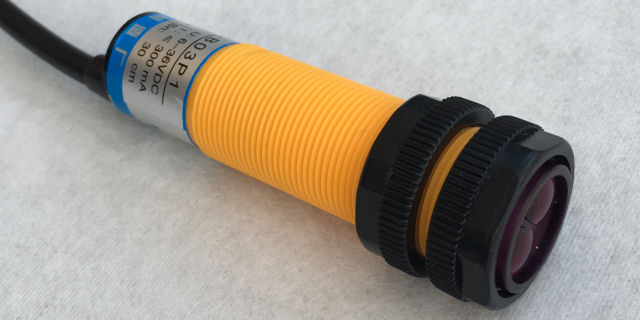

The phrase 'smart mirror' can mean many different things. It can be a simple mirror with automated lighting, or a mirror with built in audio, or a TV hidden behind a mirror, or an interactive touchscreen display which works through a one-way mirror.
Also known as a 'magic mirror', the touch interactive versions can display the time, weather, calendar, news, and social media updates. They are built by placing a transparent mirror over a screen such as a tablet, monitor or TV. The technology is driven by a Raspberry Pi or Windows PC, often combined with voice recognition and touch screen technology.
This futuristic video was made in 2011 but is still a good example of the future of glass surfaces and smart mirrors. A Day Made of Glass... Made possible by Corning. (2011):

One key element of a smart mirror is a proximity sensor, which is used to detect a person in front of it and to activate some of its features. In our contextual smart home these sensors are also providing occupancy information to our smart home.
This may then control lighting, depending on where the smart mirror is located and the surrounding environment. The lighting may be interated into the mirror or in close proximity.

In a bathroom, the smart mirror may have a heating element behind it, to stop it misting up. We have used Demista heating pads in our bathrooms for many years.
The installation of a smart mirror may also enable control of other features in proximity. In smart mirror project
Interactive 'smart mirror' typically work by fixing flat screen TV or monitor behind a one-way mirror. These mirrors look like a mirro when the display is turned off but allow a TV to show through when it is switched on. The quality of the one-way mirror glss varies a lot and different materials have differnt properties in terms of reflecting light (to work as a mirror) and transmission (allowing light through from the display).
We are not huge fans of large displays like this in the smart home. They are fixed in location and touch interaction results in finger prints on the display/mirror.